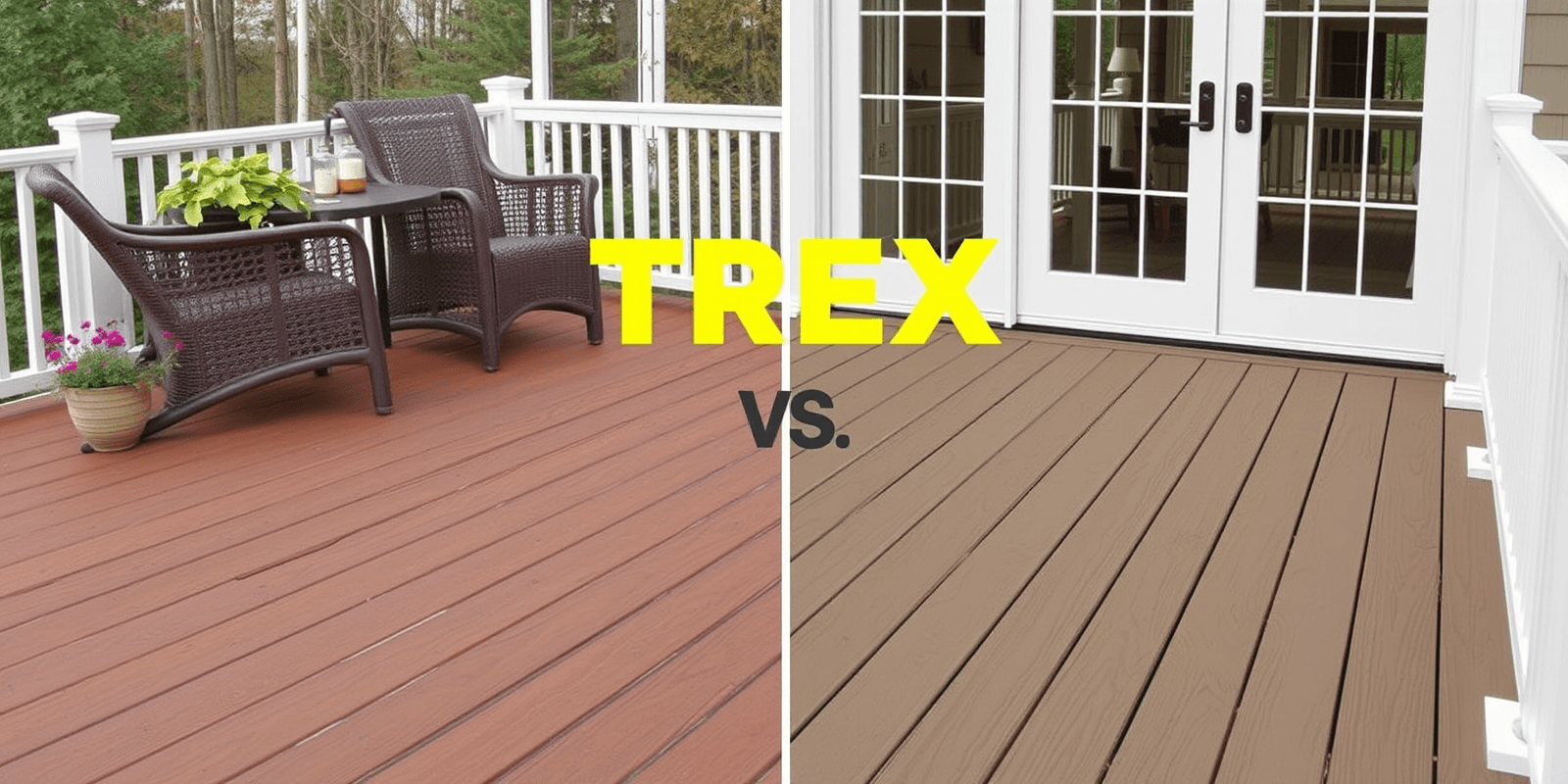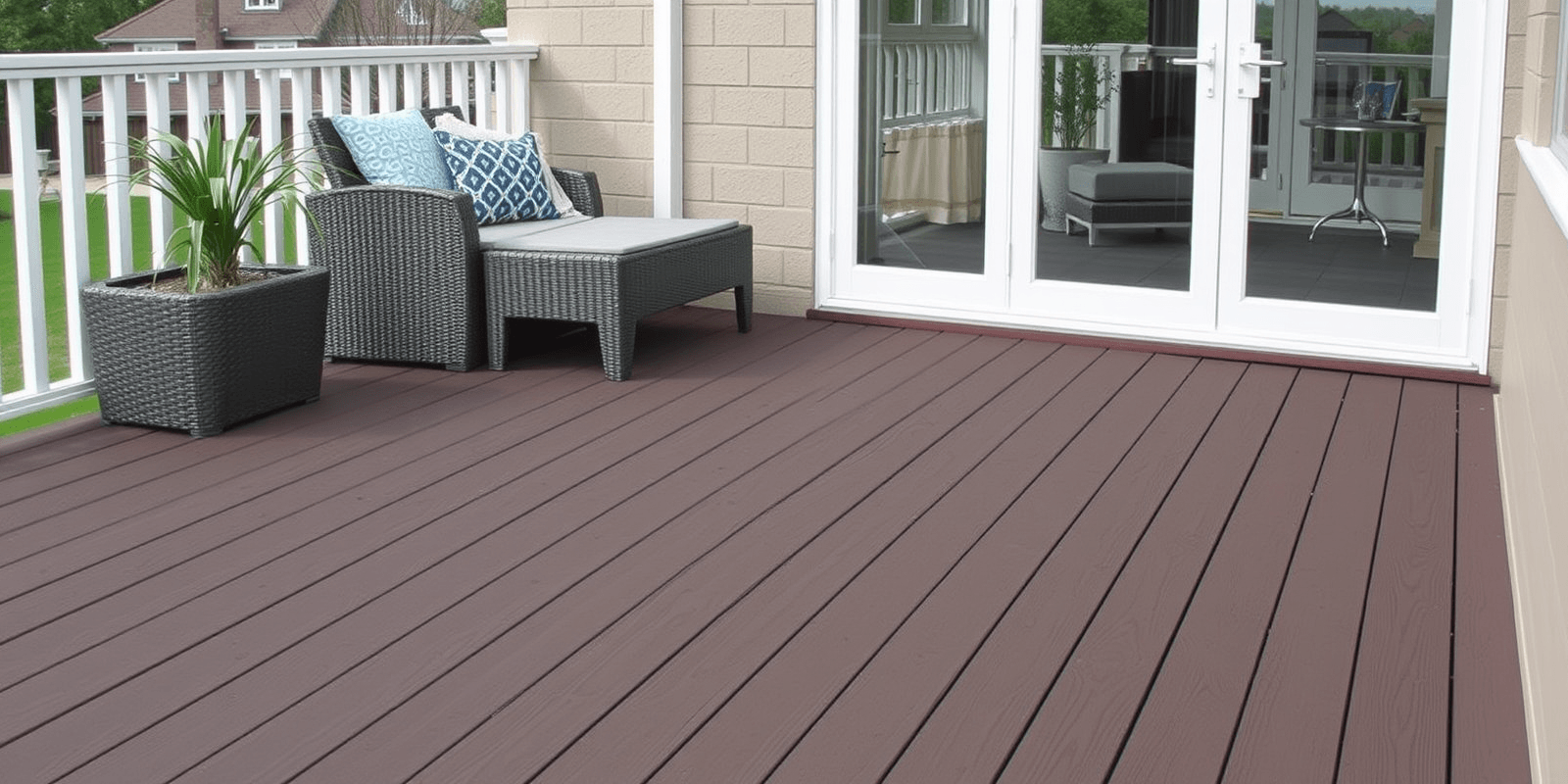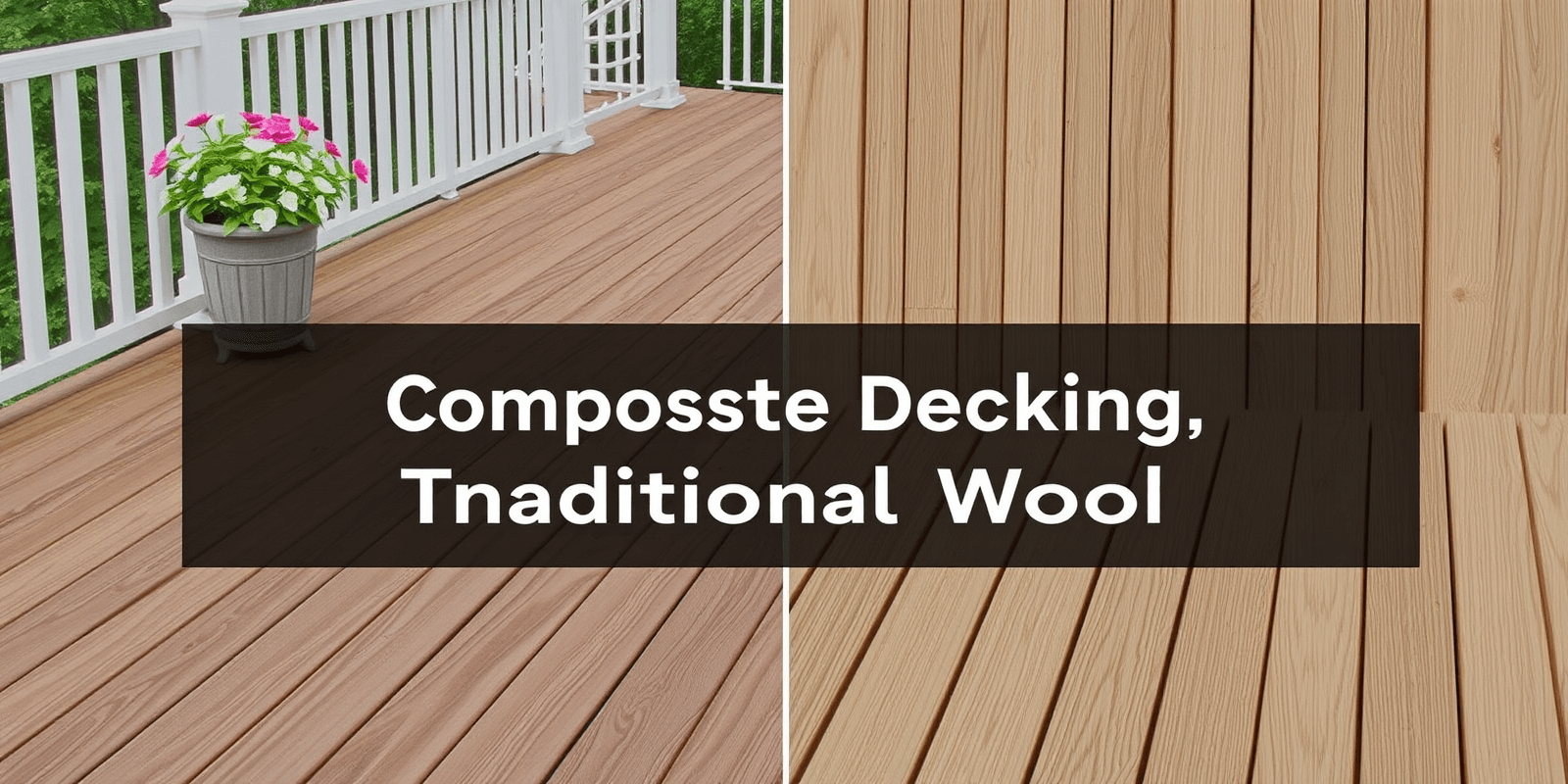“`html
TREX Composite Decking versus Other Composite Decking
Introduction
In recent years, composite decking has become a popular choice for homeowners looking to build or replace their outdoor living spaces. Among the many brands available, TREX composite decking stands out due to its unique manufacturing process and exceptional durability. This article will detail the manufacturing process, durability, maintenance requirements, color options, and cost-effectiveness of TREX composite decking. We will also compare these aspects with at least three other popular composite decking brands: Trex Transcend, Fiberon, and AZEK.
Manufacturing Process
TREX composite decking is made from a blend of recycled wood fibers and plastic, primarily high-density polyethylene (HDPE). The manufacturing process involves mixing these materials and then extruding them into the desired shape and size. This process ensures that each board is consistent in quality and appearance. In contrast, brands like Fiberon use a similar process but may include additional additives for enhanced UV resistance, while AZEK employs a cellular PVC core with a co-extruded cap layer for added durability.
Durability
TREX composite decking is known for its exceptional durability, capable of withstanding harsh weather conditions and resisting fading, staining, and scratching. According to TREX’s official website, their products are backed by a 25-year limited warranty against rot, decay, and termite damage. Fiberon and AZEK also offer robust warranties, but TREX’s focus on sustainability through the use of recycled materials adds an extra layer of environmental responsibility.
Maintenance Requirements
One of the key advantages of composite decking over traditional wood is its low maintenance requirements. TREX composite decking requires minimal upkeep; occasional cleaning with soap and water is usually sufficient. However, it’s important to note that while composite decking doesn’t require sealing or staining, it can still benefit from periodic cleaning to maintain its appearance. Brands like Fiberon and AZEK follow a similar maintenance regimen, making them equally convenient for busy homeowners.
Color Options
TREX offers a wide range of color options, including earthy tones and vibrant hues, allowing homeowners to choose a style that complements their home and landscape. Their Transcend line, in particular, features realistic wood grain patterns and a variety of colors. Fiberon and AZEK also provide extensive color options, ensuring there is a suitable choice for every aesthetic preference.
Cost-Effectiveness
While the initial cost of composite decking can be higher than traditional wood, the long-term savings in maintenance and replacement make it a cost-effective choice. TREX composite decking, along with brands like Fiberon and AZEK, offers a balance between upfront investment and long-term value. The exact cost varies based on factors such as the specific product line, installation costs, and regional pricing.
Conclusion
TREX composite decking excels in manufacturing process, durability, maintenance requirements, color options, and cost-effectiveness when compared to other popular brands. While each brand has its own strengths, TREX remains a top choice for those seeking a sustainable, low-maintenance, and aesthetically pleasing outdoor living space.
“`



